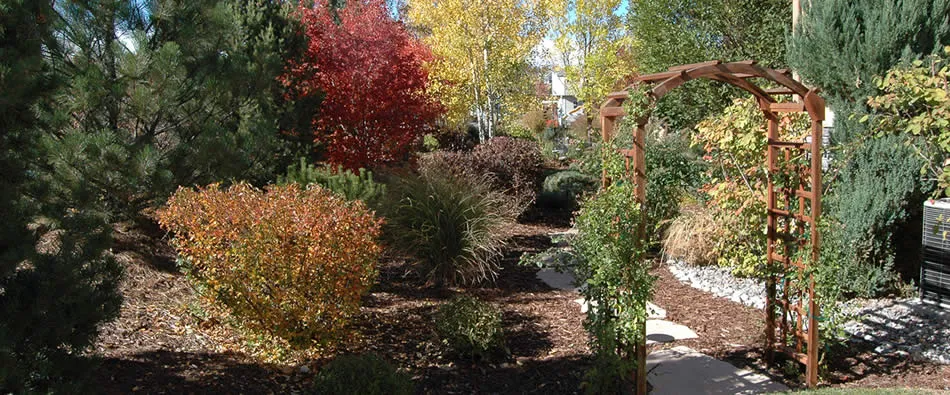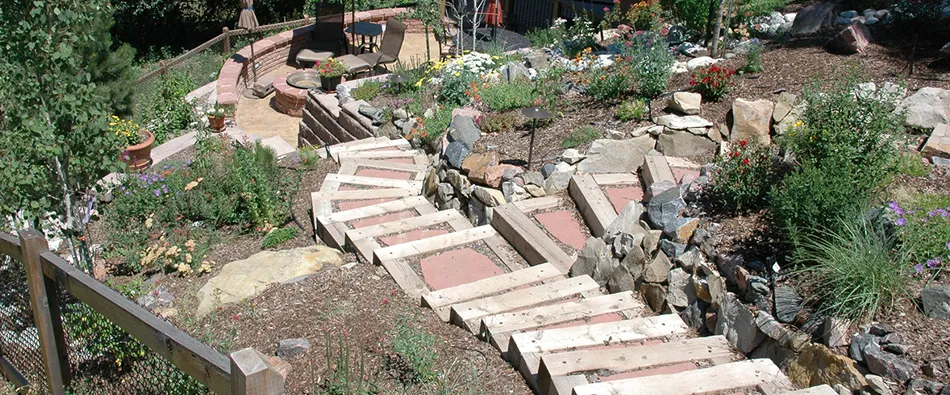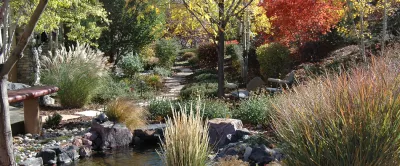Squirrel Damage to Trees
Squirrels can cause a lot of damage in the garden. This is especially true in years when untimely spring frosts cause poor crops of crab apples and other fruits.
In the summer, a squirrel normally eats fruits, berries and succulent plants, and, when available, fungi, insects, animal matter and corn. During the winter, when stored food runs short, squirrels may eat bark. In the spring, squirrels prefer swelling tree buds.
In addition to damaging trees, squirrels also will often eat tulip bulbs and crocus corms. Daffodil bulbs are poisonous to squirrels and generally remain untouched. Lawns also are damaged from squirrels storing and digging for food.
Squirrel populations periodically rise and fall. A squirrel's predators include hawks and owls, but disease, food availability and environmental extremes are bigger factors in population swings.
Controlling squirrels is difficult, because there are so many, and tree habitats are difficult to modify to exclude squirrels. Also, repellents are short-term solutions, may not always be effective, and must be renewed frequently.
Trapping and relocating squirrels is permissible without a permit if the following conditions are met:
The CDOW has been notified in advance.
The relocation site is appropriate habitat for the species.
Permission has been obtained from the landowner or managing agency where the animal will be released.
The relocation must occur within 10 miles of the capture site.
It is also permissible to hunt, trap, or take squirrels without a license (although generally, firearms are not permitted to be discharged within cities).
Be aware that even if you remove one squirrel, others will likely move in to the newly vacant area, so this at best a temporary solution. Also, relocated squirrels can return from up to 15 miles away. Relocating is not always the kindest option; relocated squirrels may not survive in another squirrel’s territory, or they may be disoriented and vulnerable to being hit by a car. For these reasons, it is better to learn to garden with squirrels.
Excluding squirrels from the garden is the best long term solution. A 1” wire mesh wrap may be used to protect tulip and other bulbs. Protect garden produce with mesh cages. Consider removing bird feeders, since spilled seed attracts squirrels, and it is difficult to squirrel proof a feeder.
Ravishing Rabbit’s
Rabbits often ravish trees and shrubs in many Front Range gardens during the winter. The deep snow covers normal food sources and provides a platform for rabbits to reach the bark high on woody plants.
Win the bunny battle by excluding them from desirable plants. Place chicken wire or rigid polypropylene plastic tubes around tree trunks and stems ofshrubs. Bury chicken wire at least six inches deep to prevent rabbits from digging and chewing below the tubes. The wire must have holes smaller than a rabbit head because they will squeeze through small spaces.
Divert rabbits by spraying plants with repellents. Effective products contain one of the following active ingredients: capsaicin (pepper extract), castor oil, ammonium salts, or predator urine. Chicken egg repellents, sold under a variety of trade names, also can be effective.
Spray plants to a height of 3 feet. Applications must be repeated after rain or irrigation to be effective.
Check with your local CSU Extension Office for a list of rabbit resistant plants. Plants such as daffodils, sedum, foxglove, iris, lambs ear, monkshood, oriental poppy, red hot poker, yarrow, yucca, apache plume, and blue mist spirea are considered rabbit resistant to some degree. Note that rabbits have taste preferences. Management methods that work in one location may prove ineffective in another.






